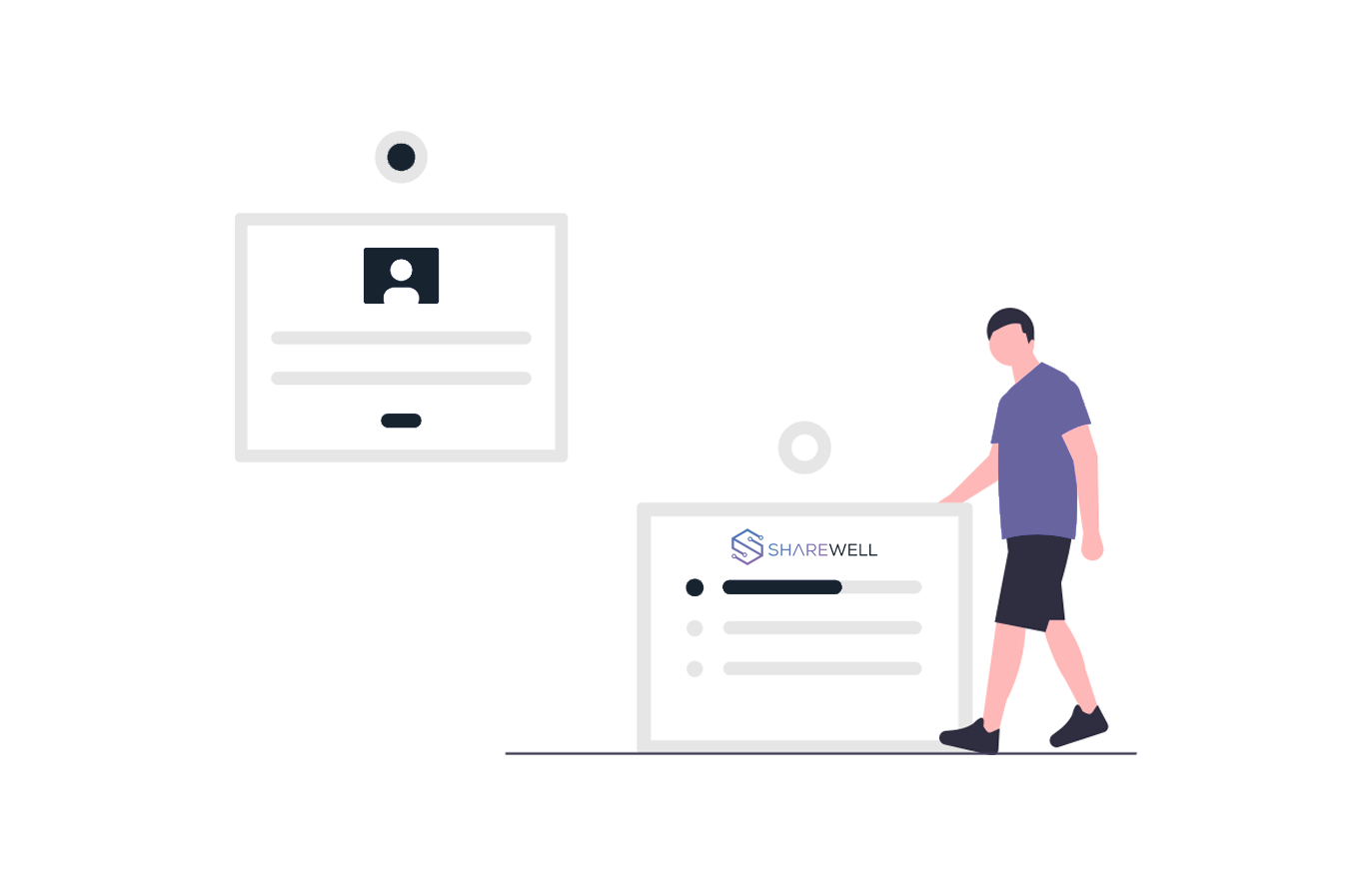How to get results with user testing?

Here at Sharewell, we give businesses the necessary tools to gather important information and client feedback that helps companies make better decisions. We see that our clients have very specific demands on how a user test should be conducted and who their target audience is.
A successful test takes a lot of thought and planning, but in our experience, thorough planning yields excellent results. Today we will share what makes a test successful, the most common problems, and how to combat them.
When can you get quality results with user testing?
Tests are successful if the test has a precise aim and all of the questions and tasks have been created with that in mind. Asking the tester to complete simple tasks gives you an overview of where they might fail and succeed when using your product.
Testing user experience this way will let you see if the subject navigates around your prototype or finished product, which problems they have, can they acquire information if they need it, and so on.
If the tester gets stuck at one point or doesn’t find a way around your page, the test is still successful because the testers give information about why they got stuck or why problems arrived during the test. Feedback is not only verbal but also visual.
We believe that constructive client feedback is necessary for a successful test. Whether it is achieving the goals of your test or learning totally new and surprising information about your product, all feedback is important.
It gives you a signal on how to move forward, make changes, or develop new additions to your product.
Our clients have had cases, where test users have given new and unexpected feedback, which in return becomes very insightful for the company.
From our perspective, test campaigns are successful if the client gets quality answers and feedback to their questions. In situations where the goal of the test is to find ten individuals to answer yes or no questions, we find that it’s not much to start with.
It solely depends on what the test creator wants to achieve and find out, but these tests give less valuable insight than tests with more planning.
Problems when creating user tests
User testing faces many problems, but the most common is cramming everything into one test. Not only does the test become too complex and lengthy, but the aim of the test also turns vague.
What we’ve seen and suggest is that test creators segment their questions.
Instead of an extended marathon-type test, you create short sprints for your software development research.
At first, you make a small test for a particular part of your product. After gathering feedback, you can make adjustments and create a new short test for another part. This format helps you, the test creator, to execute tests and document your feedback more efficiently.
Another problem arrives when we let testers write down long comments. Having to write a long paragraph about a new product makes testers overthink and polish their comment, which we don’t want.
It’s better to let the tester tell their experiences and opinions through audio instead.
Software developers usually work for months on a new project. Our unmoderated user session test is a new feature on our platform.
Because of this, we can’t make any conclusions for long-term tests yet, but sprint-type tests have given information to developers on where potential bottlenecks might be. This valuable feedback has paved the way to make adjustments and move forward in development processes, making the product overall more attractive to real-world customers.
Find answers to questions like WHY your client thinks one way or another is needed during your software development phases instead of finding it all out afterward.
Lingvist applied this method in their early-stage development when they needed to test new functions from their prototype.
But even though creating a test has obstacles, finding testers is another ordeal. Especially when you need input from people who suit the profile of your real-world customers
Not only did we help Lingvist build a suitable test, but we also brought them closer to test users and made all of this possible in a short period of time. We will dive deeper into the example of Lingvist in a future blog post.
Some forget that the aim of the test has to have a specific reason. For instance, the goal might be to find out how people liked your homepage, how accessible buttons are, or we just measure user flow.
The clearer the goal, the easier we can understand if the test is successful.
In essence, Sharewell offers a high-precision rifle and not a cannon.
How we can help you with user testing
Simpler and shorter tests are excellent even for long-term projects. We help you create tests in a matter of minutes. Finding testers and getting feedback from them usually takes 24 hours, making the platform an excellent tool for conducting your research and testing new prototypes regularly throughout the development process.
Sign up and start testing by clicking HERE.


